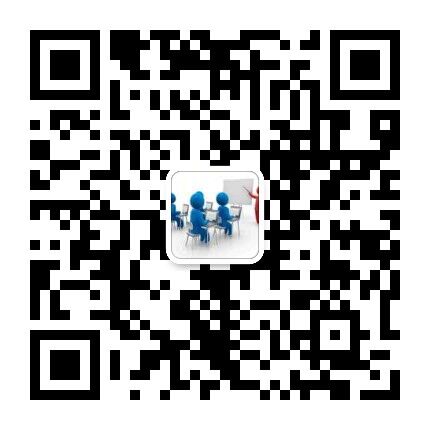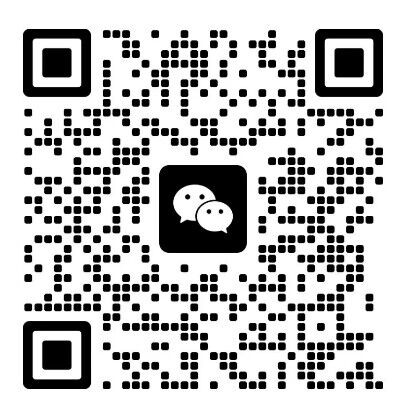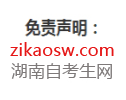(a term designating the propriety, or fitness in unity of subject matter, characters, actions and the style). In the early nineteenth century, Samuel Taylor Coleridge distinguished between the mechanic form, which is a fixed, preexistent shape, and the organic form, which is like a growing plant achieving its final form, in which the parts are integral to and interdependent with the whole (Burke, 1973: 27-91). Many New Critics use the word “structure” interchangeably with “form”, and regard it primarily as an interaction or ironic and paradoxical tension in an organized totality of “meanings”. Various exponents of Archetypal Theory regard the form of a literary work as a recurrent pattern of human experience which shares with myths, rituals, religions and dreams. And structuralists conceive a literary structure based on the model of linguistic theory (Wellek, 1963: 59-88). Narratologists concern the general theory and practice of narratives in all literary forms. They deal especially with academic explorations such as types of narrators, the identification of structural elements and their diverse modes of combination, recurrent narrating devices. Narratologists, accordingly, do not treat a narrative in the traditional way, as a fictional representation of life, but as a systematic formal construction. In other words, they focus on the formal patterns and technical devices of narrative to the exclusion of its subject matter and social values. R. S. Crane, a leader of the Chicago School of criticism, however, made a distinction between “form” and “structure”. The form of a literary work is the “dynamics”, the particular working or emotional power that the composition is designed to effect, which functions as its shaping principle. This formal principle controls and synthesizes the “structure” of a work (Crane, 1953: 69). In so doing, he bridges the formal study, or more specifically, the narratological way of formal study of a literary work, with social, historical and cultural study, placing the formal study into a larger social, historical and cultural context. The formal study, thus, acquires a greater depth than before. In this thesis, I base my survey of the novel form in The Golden Notebook mainly on the sense of “form” as proposed by Crane by analyzing first the mechanical structure in form, and then exploring the shaping principle behind it.
1.2 The Evolution of Novel Forms
As far as novel forms are concerned, the classification is quite different based on different standards and criteria. Novels can be classified into dozens of forms, and may belong to several of these categories at the same time. Distinctions among forms can be drawn in many ways. Such distinctions include the form in which the works are written, such as epistolary novels, which take the form of letters written between or among characters; the settings, such as regional novels, which focus on life in a certain area; and the purpose, such as propaganda novels, which try to convince the reader to adopt a certain point of view. Other examples of distinct forms include picaresque novels, which describe the adventures of rogues; Gothic novels, which describe ghosts and other elements of the supernatural; science fiction, which portrays other worlds or other possibilities for our world; and detective stories, which focus on mysteries. A few broad genres of the novel reflect some general tendencies. Social novels tend to focus on the outward behavior of characters and how other characters react. Psychological novels explore the inner workings of an individual’s mind. Education novels recount a person’s development as an individual. Philosophical novels provide a platform for authors to explore intellectual or philosophical questions. Popular novels usually involve adventure, intrigue, romance or mystery to appeal to a wide range of people. Experimental novels are works in which writers make major innovations in form and style. My thesis intends to focus more on the history of narrative experiments done to the novel form itself rather than discussing it in the light of literary genres.
A review of the history of experimentation on the form of novel is of vital importance for a better understanding of the significance of Doris Lessing’s uniqueness and contribution as far as The Golden Notebook is concerned.
As the most flexible form of all narrations, the novel form has never been monolithic. Writers in each generation make effort in creating something new to the novel forms. One of the earliest examples of the novel of experimentation isTristram Shandy (1759-1767) by English writer Laurence Sterne. The book is the autobiography of Tristram Shandy but Tristram himself does not appear until the middle part of the novel. And the book does not narrate Tristram’s life events accordingly. Instead, it dwells much on small details about the book itself. The novel is filled with asides, wild scholarly digressions, comic scenes, blank pages (to be filled in by the reader), and other experimental features, including a black page to express grief for a departed character (Sterne, 1978). Sterne’s Tristram Shandy opens up a new front for the novel: experimentation with structure and language.
During the 19th century the prevailing trend in the novel was realism. The realistic novel relies on the principle of imitating the familiar surface of real life. The form of realistic novels are conventional, including an omniscient point of view, a chronological narrative with a beginning, middle part and an end, as well as conventional sentence structure and non-reflexive subject matter. But still, some experimental efforts appeared at this time. One example is Notes from Underground(1864) by Russian writer Fyodor Dostoevsky. Dostoevsky plunges the reader into the narrator’s complex mindset (Dostoevsky, 1993). The term underground refers to the narrator’s inner psychology, which dominates the novel and allows the reader little objective perspective. This immersion of the reader in an individual’s thoughts was not a common literary approach at the time.
In the late 19th and early 20th centuries novelists experimented with narrative form and also continued to produce realistic works with conventionally resolved plots. One of the most important English novelists of the early 20th century was Joseph Conrad. Conrad is considered a master of prose in the English language, and a transitional figure from realism to modernism (Wang Zuoliang & Zhou Yuliang, 1994: 206). Conrad challenges the 19th-century manner of telling a story. In most novels up until this time there is a narrator who describes the characters and action but is outside the story itself. Conrad’s novels employ a character who tells a story within the frame of a third-person narrative. The results open unsettling questions — questions about whom the reader should trust and believe. Conrad also breaks from tradition by using symbolic patterns and recurring images to convey meaning to the reader, rather than the long descriptive passages favored by 19th-century novelists.
The 20th century is a time of innovation in form and exploration of new subject matter for the novel. The movement, known as “Modernism”, challenges the mimetic quest of the realistic novel. Virginia Woolf wrote a manifesto for the 20th-century writers in her essay “Modern Fiction” (1925). Life, she argues, is not what the 19th-century realists plotted:
Life is not a series of gig lamps symmetrically arranged; life is a luminous halo, a semi-transparent envelope surrounding us from the beginning of consciousness to the end. Is it not the task of the novelist to convey this varying, this unknown and uncircumscribed spirit, whatever aberration or complexity it may display, with as little mixture of the alien and external as possible?
(Woolf, 1985: 2034)
Woolf’s manifesto reflects a shift of artists’ interest from the outside world to man’s inner life. She uses the stream-of-consciousness technique, a literary technique in which authors represent the flow of sensations and ideas, to capture the fleeting and chaotic human conscious and subconscious (Li Weiping, 1996: 4). In her works, the linear narrative structure, which is characteristic of realistic novels, gave way to a more fragmented prose, or fluid, unorganized thoughts were expressed without formal sentence structures. The omniscient point of view is dissected into a multiplicity of apparently random impressions. The chronological narrative is modified or abandoned. Woolf’s experimentation on the novel form adds the new dimension to plot and the depth of character portrayal.
James Joyce, the Irish writer, also rejects the traditional plotted novels in favor of narratives that register the less-regular motions of consciousness. He expands on stream-of-consciousness technique in Ulysses (1922), a detailed recounting of the events and moments of consciousness in the lives of several Dublin residents during a single day (Joyce, 1988). The book is Joyce’s masterpiece, an exploration of the possibilities of the English language and a work that renders both the physical world of his characters and the workings of their minds (Li Weiping, 1996: 90).
American writer William Faulkner follows the trend of European authors such as Virginia Woolf and James Joyce, in innovating with style. Like the European authors, Faulkner’s greatness lies not only in his themes but also in his way of rendering them — with experiments in fragmented narrative. In novels such as As I Lay Dying (1930), Faulkner uses stream of consciousness t
TEL:蒋老师17773102705
扫一扫下方二维码关注湖南自考生网微信公众号、客服咨询号,即时获取湖南自考、成考、网教最新考试资讯。

关注公众号免费拿资料

微信扫一扫咨询

微信扫一扫咨询

1、鉴于各方面资讯时常调整与变化,本网所提供的信息仅供参考,实际以考试院通知文件为准。
2、本网部分内容来源于网络,如有内容、版权等问题请与本网联系,我们将会及时处理。联系方式 :QQ(393848300)
3、如转载湖南自考生网声明为“原创”的内容,请注明出处及网址链接,违者必究!